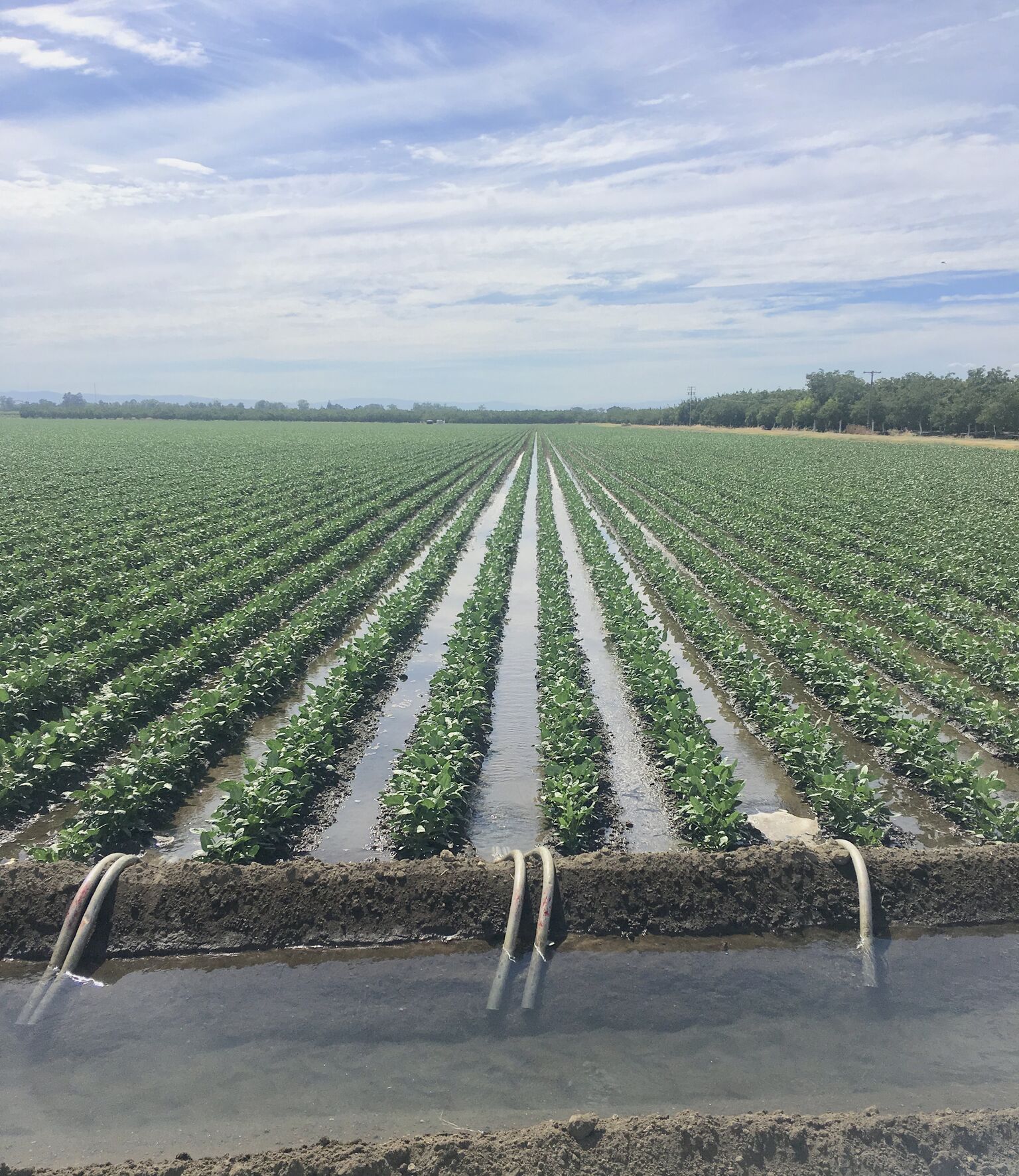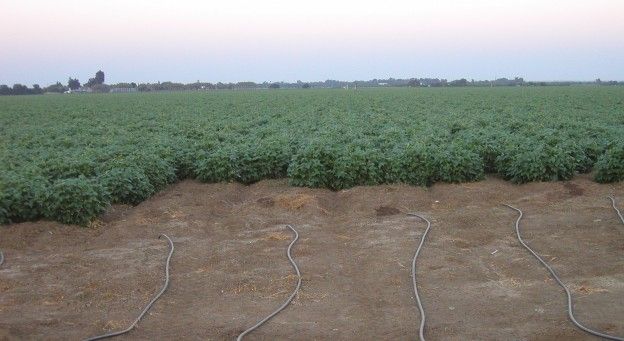DRY FARMING
Dry farming relies on natural rain and arid temperatures. It is
not commonly practiced in California bean farming today due to the water needs of newly released bean varieties. However, dry farming is still practiced in parts of Ventura and Santa Barbara counties.

